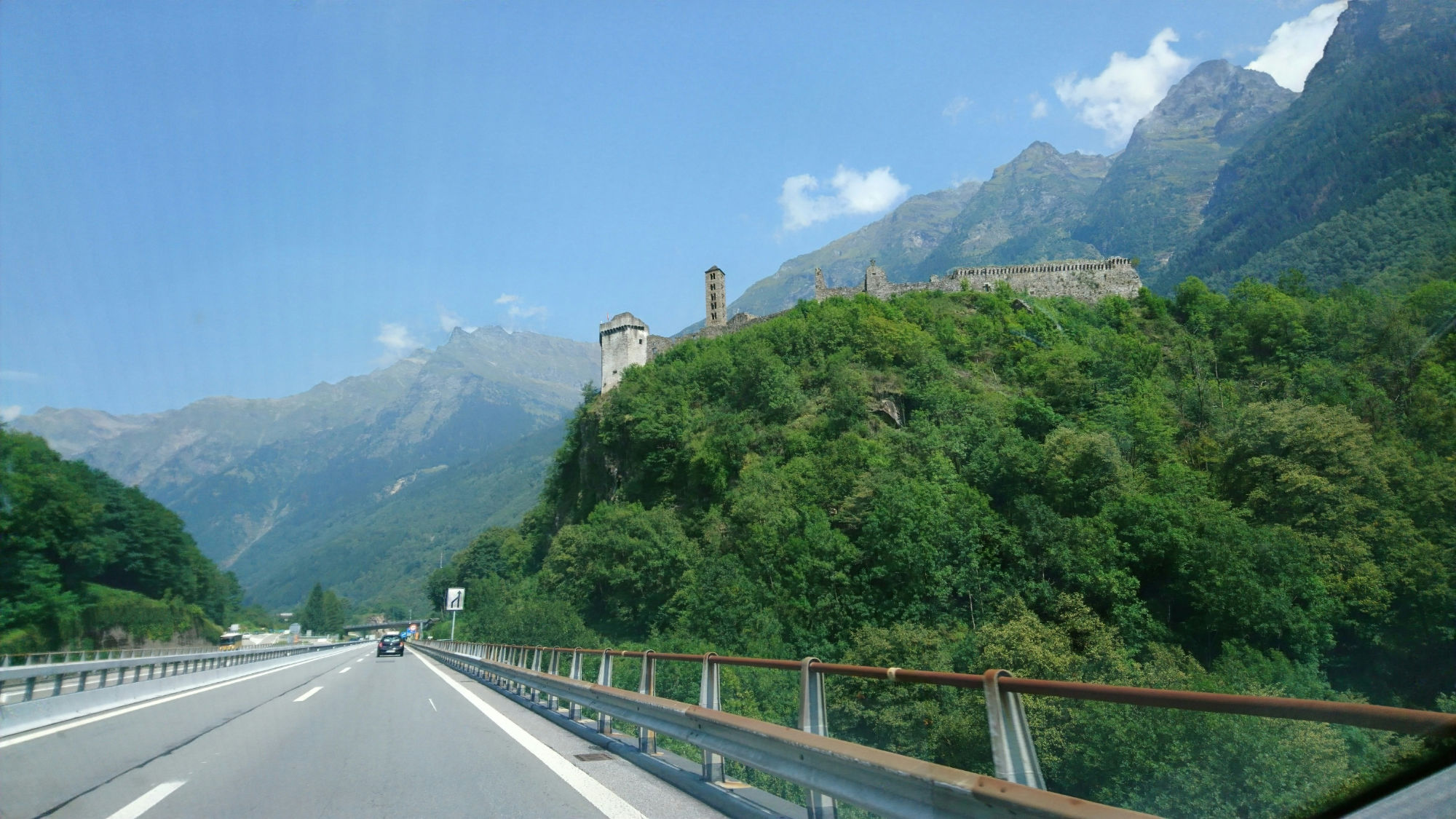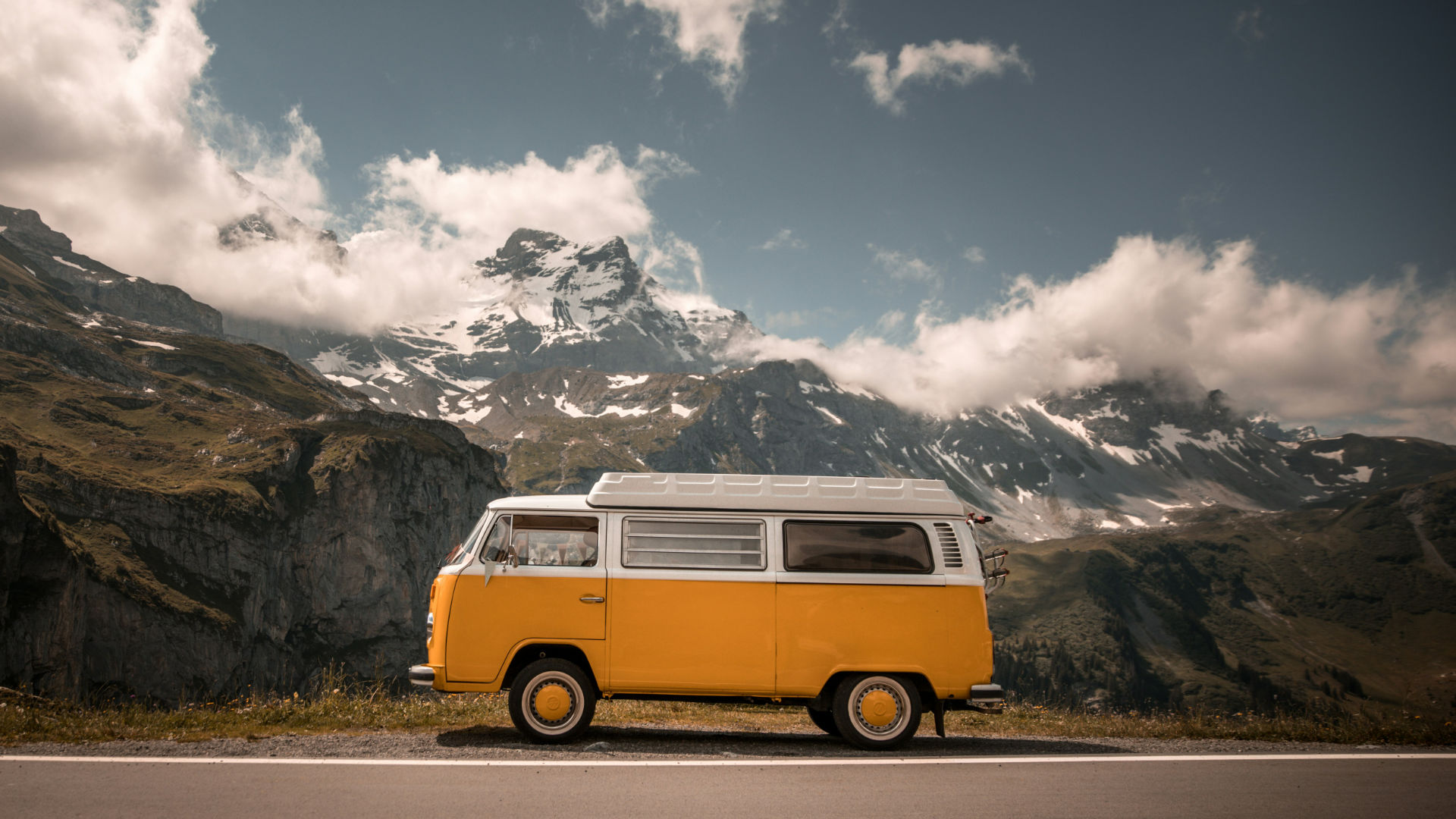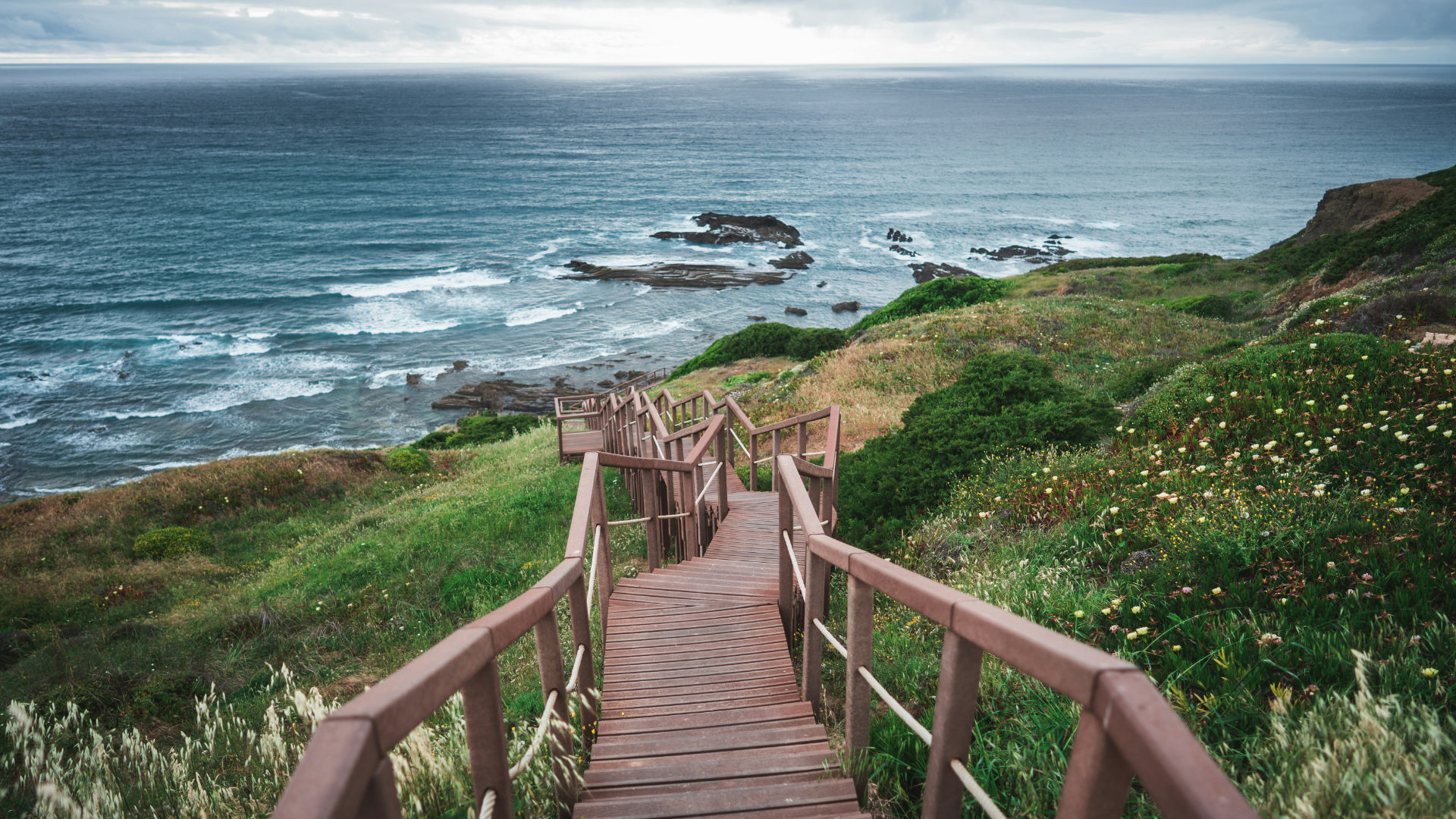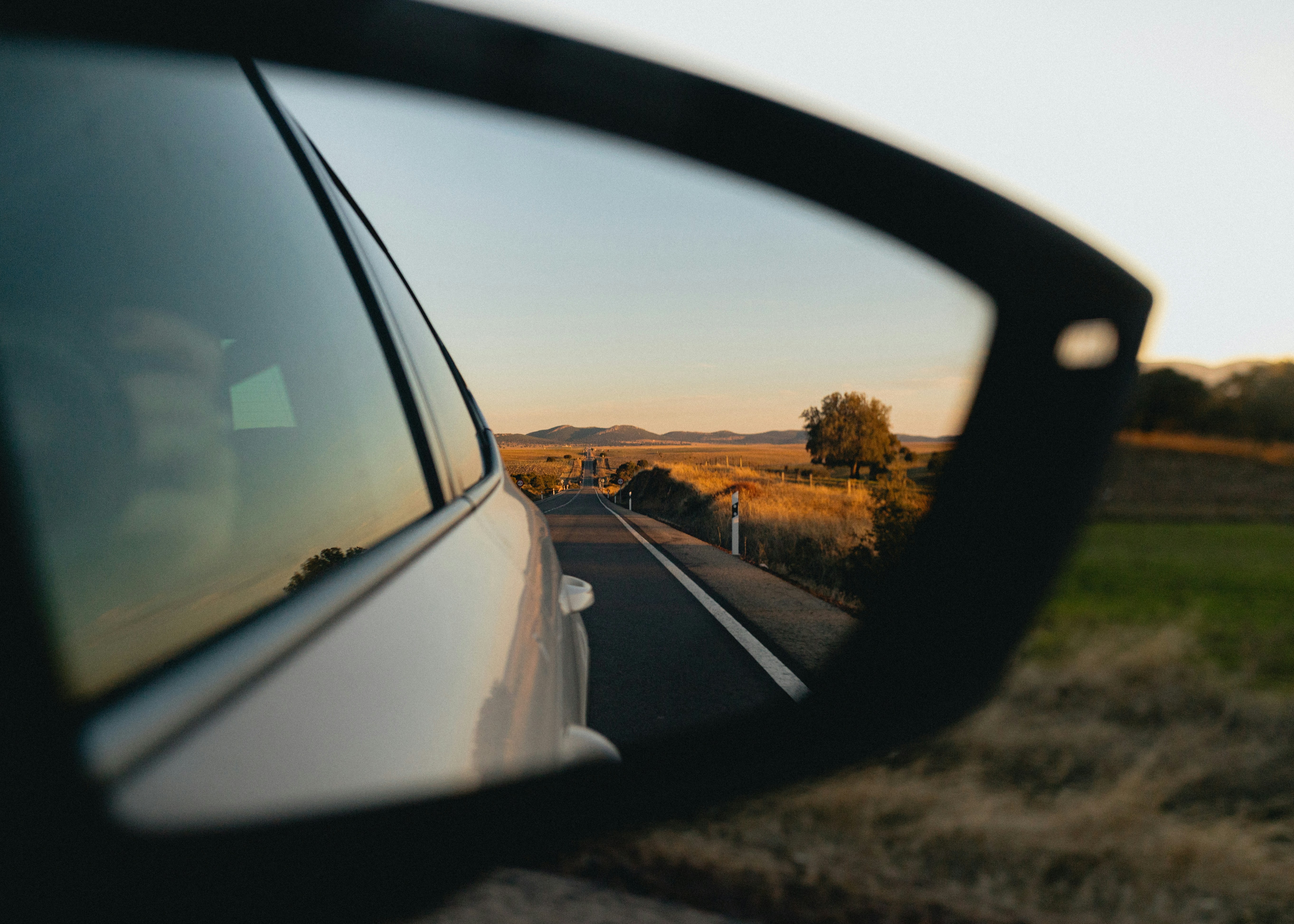How to Save on Tolls in France, Spain, and Italy (Without Ruining Your Road Trip)

Planning a European road trip is exciting—until you start calculating tolls. France’s autoroutes, Spain’s autopistas, and Italy’s autostrade can add up quickly, especially on long holiday drives. The good news: you can cut toll costs dramatically with a few strategic choices while still keeping your itinerary smooth and stress-free. This guide covers the essentials, from choosing the right roads to using cross-border toll tags, plus country-specific tips that actually work.
Quick principles that save money almost everywhere
Know the road codes.
France: “A” roads (autoroutes) are usually tolled; “N” (nationales) and “D” (departmentales) are free.
Spain: “AP” (autopista) are usually tolled; many “A” roads (autovías) are free and often excellent.
Italy: “A” (autostrade) are tolled; “SS” (strade statali) and many regional roads are free.
Use “Avoid tolls” with judgment.
Navigation apps can over-avoid, sending you on slow urban streets. Compare the time vs. money tradeoff: sometimes a 20-minute toll saves multiple stop-start hours and fuel.Target the expensive segments.
Not every tolled stretch is equal. Mountain tunnels, coastal autoroutes near major resorts, or short connectors near cities can be disproportionately pricey. If you avoid just one or two of these, you can cut the bill substantially while keeping most of your route fast.Drive off-peak.
Off-peak departures (early morning or late evening) mean steadier speeds on free roads—so the time penalty vs. motorways shrinks.Pack patience for scenic alternatives.
Free national and regional roads are slower but often more memorable. Plan fewer daily kilometers on toll-free days and enjoy the route: village bakeries, farm shops, viewpoints.Consider a cross-border toll tag.
A single badge that works in multiple countries doesn’t always reduce the toll itself, but it avoids queues and can unlock small discounts or time savings that keep you on schedule (which may let you skip a hotel night or reduce fuel burned in traffic).
France: save big by mixing N/D roads with strategic motorway hops
France is the classic “pay to go fast” country. Autoroutes are quiet, well serviced, and ruthlessly efficient—but they’re not your only option.
Money-saving tactics:
Hop on/hop off.
Use the autoroute only where it makes a real difference—around big cities, long plains, or mountain approaches—and switch to N or D roads for scenic stretches.Avoid premium chokepoints.
Some tunnels and coastal autoroutes can be costly relative to distance. If your schedule is flexible, try a parallel N road for one leg of the journey.Plan fuel and food off-autoroute.
Service areas are convenient but pricier. Exiting for 5–10 minutes often gets you cheaper fuel and better food.Télépéage badge (France/Spain/Italy/Portugal).
Brands like Ulys, Bip&Go, or Telepass offer devices that work across borders. The main benefit is time: dedicated “t” lanes are faster, especially on holiday weekends. Some operators also run periodic discount plans for frequent users of specific sections.
When paying tolls is worth it in France:
Crossing long, flat regions (e.g., parts of the A10/A11 corridors) when you need to cover serious distance.
Avoiding the stress of peri-urban traffic at rush hours around Paris, Lyon, Bordeaux, or Marseille.
Free road clues in France:
N roads often shadow autoroutes surprisingly closely, especially in western and central France.
D roads are slower but can be delightful through wine regions, river valleys, and coastlines—great for “cheap day” segments.
Spain: chase the free “A” autovías and watch the AP labels
Spain offers some of Europe’s best free high-speed roads. If you learn the labels, you’ll save without trying.
Money-saving tactics:
Prioritize “A” (autovía).
Many “A” motorways are free, well built, and lightly trafficked outside major hubs. If your navigation app defaults to an “AP” (tolled autopista), zoom out and look for the parallel A option.Expect regional variation.
Some regions still have tolled stretches (AP), while others have seen toll removals or changes in recent years. Always cross-check your segment; the label is your quickest guide.Use metropolitan bypasses wisely.
In Barcelona, Madrid, Valencia, etc., the fastest ring can attract tolls or heavy traffic; sometimes a free outer ring or timing your drive outside rush hour produces the same arrival time.Don’t overpay for short spurs.
Short tolled connectors to ports, resort areas, or airport access roads can be disproportionately expensive. If you’re not in a rush, look for a local parallel route.
When paying is worth it in Spain:
Skirting mountains or major urban cores at peak times. The time saved can be significant, and free autovías may clog during holiday returns (“operación retorno”).
Free road clues in Spain:
“A-” is your friend. Check signage: if you see AP- on your route, ask yourself if there’s a parallel A- that suits your schedule.
Italy: weigh autostrade speed vs. SS charm (and ZTL traps!)
Italy’s autostrade are efficient and well serviced, but they can add up—especially in the north. The flip side? Strade statali (SS) and regional roads can be gorgeous, often threading historic towns, lakes, and coastlines. Balance is key.
Money-saving tactics:
Use SS roads for scenic legs.
On days when you’re not in a rush—say, between Tuscan towns—stick to SS and regional roads. You’ll save tolls and discover better food stops.Watch for mountain premiums.
Alpine connectors and long tunnels can be pricey. In good weather, free passes (when open) can be spectacular, but build in time and check seasonality.Telepass or cross-border badges.
If you plan multiple entries/exits (lakes region, Liguria coast, Dolomites), a badge speeds up toll booths and keeps queues short.ZTL caution (not a toll, but a wallet risk).
Italian historic centers have Zona a Traffico Limitato. Your navigation may route you close—don’t stray inside without authorization. Fines arrive months later and dwarf any toll savings you managed.
When paying is worth it in Italy:
Crossing the Po Valley fast, reaching ferries or airport deadlines, or managing long north–south transits (e.g., Milan → Naples) in a single day.
Free road clues in Italy:
SS and provincial roads are usually adequate for 80–120 km segments where you’re sightseeing anyway. Combine them with brief autostrada bursts to stay on schedule.
Cross-border strategy: one tag, less hassle
If your itinerary spans France ↔ Spain ↔ Italy, consider a single multi-country toll tag. Many providers now offer devices usable in all three (often also valid in Portugal). While the base toll amount is typically the same with or without a tag, you gain:
Faster lanes (“t” lanes in France, reserved lanes in Italy/Spain).
Automatic payments—no fumbling for cards or cash at queues.
Cleaner receipts for expense tracking.
Occasional discounts or seasonal promos (varies; read fine print).
For short trips, weigh the monthly fee/activation against the time you’ll actually spend on toll roads. For multi-week or multi-country drives, the convenience often pays for itself in reduced delays and stress.
Rental car? Avoid nasty toll surprises
Rental policies can quietly inflate costs if you don’t prepare.
Ask about toll handling up front.
Some companies add per-toll admin fees if you pay by plate or post-pay systems. Others rent you a tag for a daily fee. Do the math: on a motorway-heavy trip, the device can be cheaper; on a mixed road trip, skip it and pay as you go.Check badge compatibility.
If your route crosses borders, ensure the device works in all the countries you’ll visit.Mind the ZTLs in Italy.
Confirm hotel parking and access. Many hotels in ZTL areas can register your plate—but only if you ask before you drive in.Keep a backup card and some cash.
Most plazas accept major cards, but machines can be finicky with foreign cards. A second card avoids headaches.
Smart planning workflow (15 minutes that can save €€€)
Map the long legs and toggle “avoid tolls” on/off to see the time difference. Note the few segments where tolls save you an hour or more—keep those.
Backfill the rest with free roads on your sightseeing days.
Identify any premium chokepoints (tunnels/coastal stretches) and decide if they’re worth it on your schedule.
Pick a payment approach: pay-as-you-go vs. cross-border badge. If you’ll hit many plazas over multiple days, a badge likely wins on convenience.
Pin off-autoroute fuel stops near exits with supermarkets—cheaper fuel, better snacks, real espresso.
Choose off-peak starts (e.g., leave at 07:00) to keep free roads flowing.
Lock parking & ZTL rules for Italian city nights before you drive in.
Country-by-country shortcuts that add up
France
Parallel N roads to major autoroutes often shadow the same valley corridors—watch for stretches where the N road is upgraded and fluid.
Urban periferiques (like Paris’s Boulevard Périphérique) are free but busy—use them at off-peak times only.
Picnic culture: grab baguettes, cheese, and fruit at village shops just off the motorway instead of pricey service areas.
Spain
Autovía first. If the plan shows AP- anywhere, zoom out and compare the parallel A-; time differences are sometimes negligible.
Coastal detours: on the Mediterranean coast, local roads can be scenic and surprisingly quick outside peak season.
City timing: Madrid and Barcelona ring roads move well early morning—toll advantage shrinks then.
Italy
SS over short/medium legs: great between towns in Tuscany, Umbria, Puglia, and along parts of the Tyrrhenian coast.
Mountain days vs. motorway days: bunch your scenic passes into one dedicated “slow & stunning” day, then do a clean motorway transit on another.
ZTL avoidance saves more than tolls: unexpected fines are the fastest way to obliterate your savings.
What about mountain tunnels and passes?
Alpine and Apennine crossings can be your biggest single toll line item. If you have clear weather and daylight, mountain passes (when open) are free and unforgettable—but they add time and require confidence with hairpins. If you’re carrying family, luggage, or facing uncertain weather, pay the tunnel toll, get through safely, and save elsewhere on your route. Safety beats savings here.
Payment tips (so you don’t get stuck at the barrier)
Keep tickets safe until you exit; losing one can trigger the maximum fare.
Use contactless when possible but have a chip-and-PIN backup.
Cash lanes still exist in places; carry small notes/coins if your card fails.
Take the correct lane (badge vs. card vs. cash). Slowing to read the icons beats reversing under pressure.
Sample savings playbook (Paris → San Sebastián → Florence)
Paris → Bordeaux: Start early; use autoroute for the first heavy leg. Exit for cheaper fuel/food.
Bordeaux → San Sebastián: Favor A autovías once in Spain; avoid AP unless time is tight near the border.
San Sebastián → Toulouse: Mix free Spanish autovías and selected French N roads; hop on autoroute only where it shaves serious time.
Toulouse → Nice: One paid motorway stretch to keep pace, then consider a scenic free segment along Provence towns at off-peak.
Nice → Florence: Pay for the main alpine/coastal autostrade segment (time and safety), then switch to SS for Tuscan legs.
You’ll still pay some tolls—but you’ve trimmed hundreds of kilometers of paid motorway while keeping the trip smooth.
Frequently asked questions
Do toll tags actually make it cheaper?
Sometimes—operators occasionally run targeted discounts—but the big win is time and reduced stress. On peak holiday Saturdays, that matters.
Is it realistic to avoid tolls entirely?
Yes, but expect longer days. A smart blend (free roads on sightseeing days, paid motorways for long transits) is the sweet spot.
Can I pay online later if I go through without a ticket?
Procedures vary. It’s safer to stop and get help at the plaza than to risk a “lost ticket” maximum fare. If you enter a camera-based system, follow on-site instructions precisely.
What about speed cameras on free roads?
They exist. Observe posted limits—fines travel internationally.
Key takeaways
Learn the labels: France (A = tolled), Spain (AP = tolled, many A = free), Italy (A = tolled, SS = free).
Save the toll budget for long transits, tunnels, or peak-hour city bypasses.
Cross-border badge = less queuing, cleaner payments; worthwhile on multi-country trips.
Check ZTLs in Italy before entering historic centers—fines dwarf toll savings.
Plan “cheap days” on free roads and “fast days” on motorways to balance cost and schedule.
Final word
You don’t have to choose between a fast (expensive) motorway marathon and a meandering (free) slog. Mix both with intention. Use tolls when they deliver real value—time, safety, sanity—and pivot to free national and regional roads the rest of the time. With a 15-minute planning session and a few on-the-road habits, you’ll cut costs across France, Spain, and Italy—without cutting the joy out of your trip.


